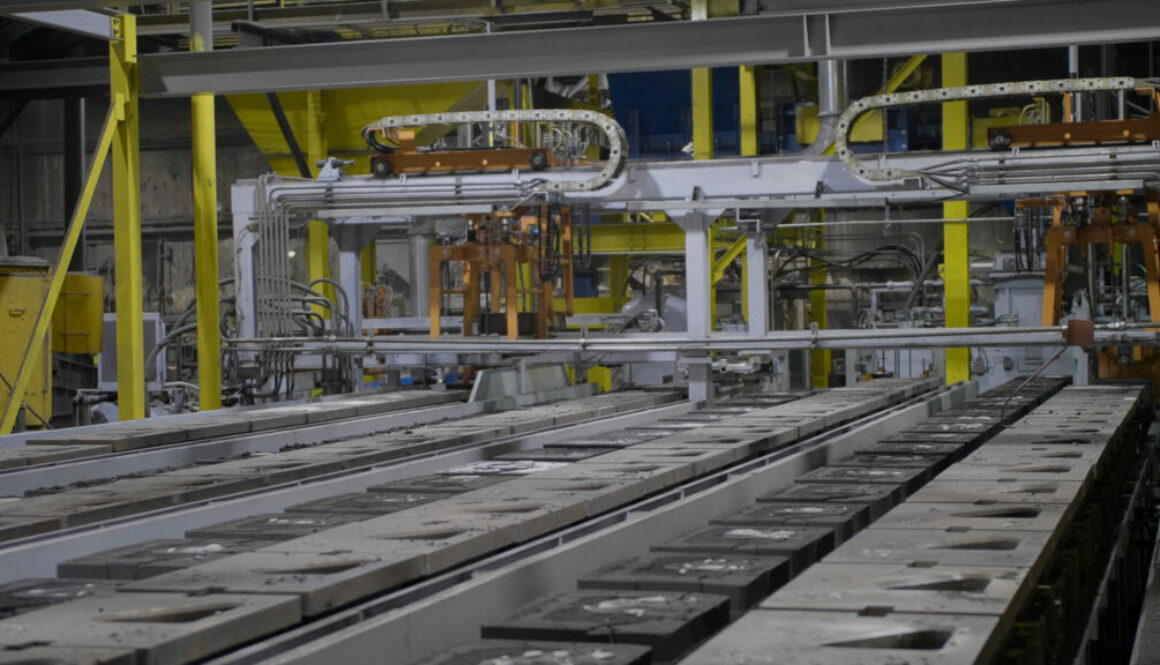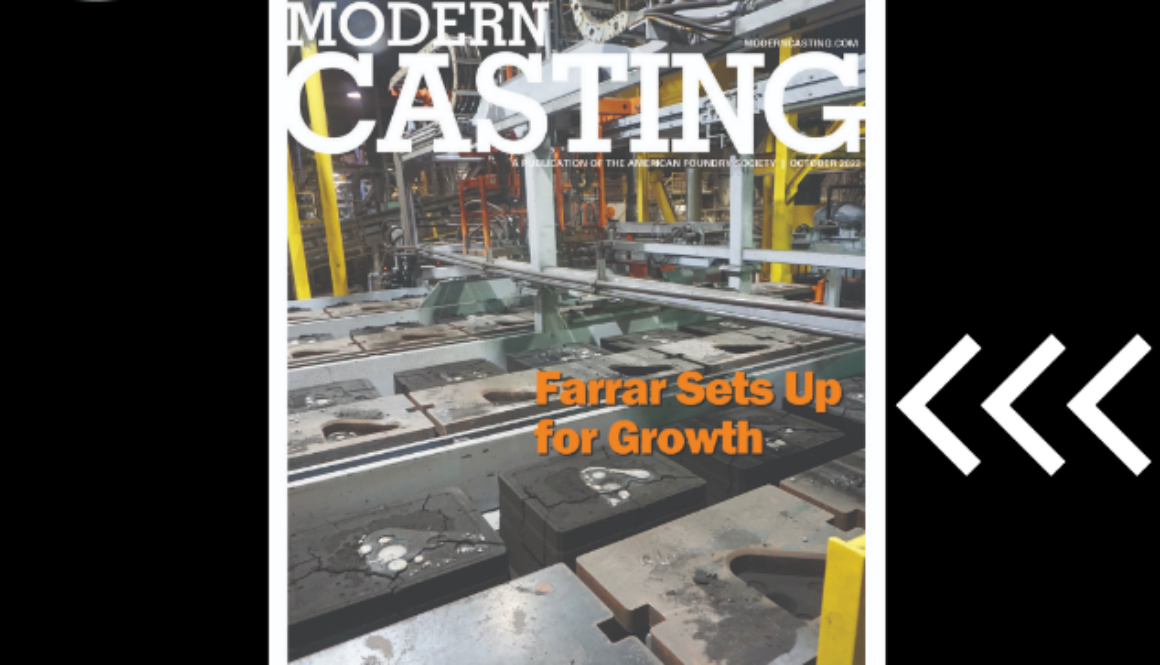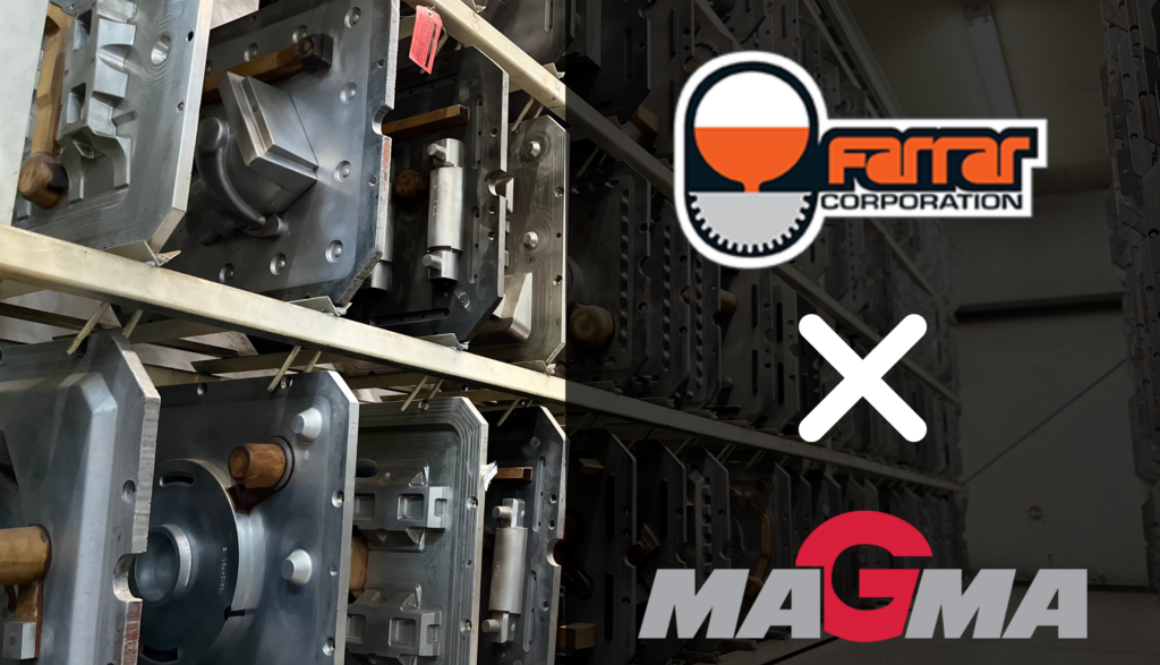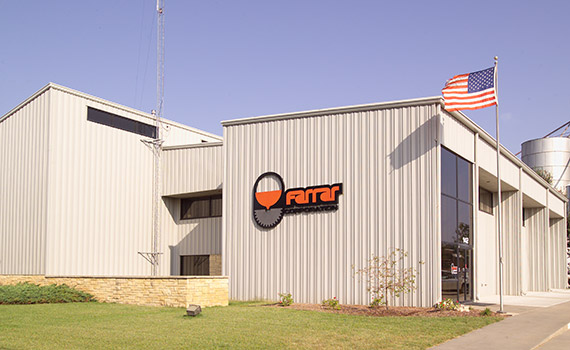Common Myths and Misconceptions about Ductile Iron Castings
Introduction:
Ductile iron has been a staple in various industries for its versatility, strength, and cost-effectiveness. However, like any widely used material, ductile iron is not immune to myths and misconceptions. In this blog post, we’ll debunk some of the common misconceptions surrounding ductile iron, shedding light on the truth behind this robust and reliable material.
Myth 1: Ductile Iron is Brittle Like Cast/Gray Iron:
Reality: One of the prevalent myths about ductile iron is that it shares the brittleness of traditional cast iron. In fact, ductile iron exhibits enhanced ductility due to its unique microstructure, making it more resistant to fractures and offering better toughness than cast iron.
Myth 2: Ductile Iron is Prone to Corrosion:
Reality: Some believe that ductile iron is highly susceptible to corrosion. In reality, ductile iron has inherent corrosion resistance. Proper coating and surface treatments can further enhance its resistance to environmental factors, making it a durable choice for various applications, even in challenging conditions.
Myth 3: Ductile Iron is Difficult to Machine:
Reality: Contrary to popular belief, ductile iron is machinable and can be easily worked with standard machining processes. With the right tools, techniques, and programming, , manufacturers can achieve precision machining and produce complex components efficiently.
Myth 4: Ductile Iron is Expensive Compared to Alternatives:
Reality: While initial costs might seem higher than some alternatives, the long-term benefits of ductile iron often outweigh the upfront expenses. Its durability, high strength, and low maintenance requirements contribute to a cost-effective solution over the lifecycle of the product.
Myth 5: Ductile Iron is Only Suitable for Heavy-Duty Applications:
Reality: While ductile iron is indeed favored for heavy-duty applications due to its strength, it is also versatile enough to be used in a wide range of industries. From automotive components to water pipes, ductile iron’s adaptability makes it suitable for various applications across different sectors.
Conclusion:
Ductile iron continues to be a reliable and indispensable material in many industries. By dispelling these common myths and misconceptions, we hope to provide a clearer understanding of the capabilities and advantages of ductile iron. As technology advances and new innovations emerge, ductile iron remains a key player, debunking myths and standing strong as a material of choice for countless applications.






